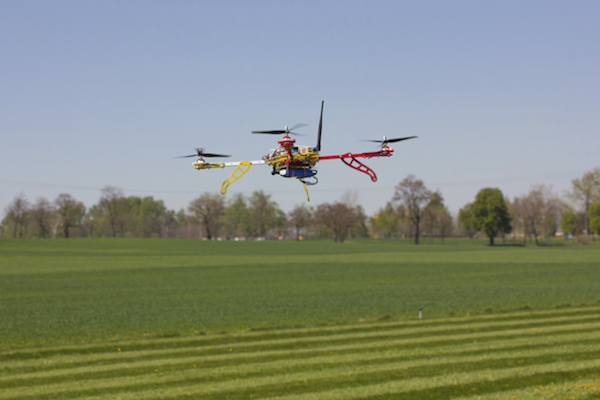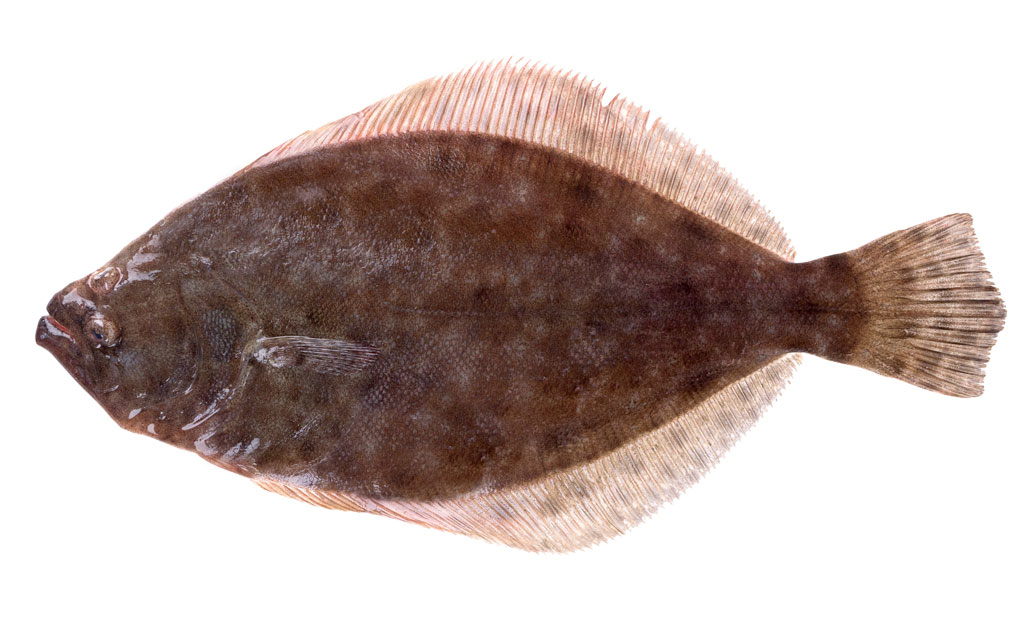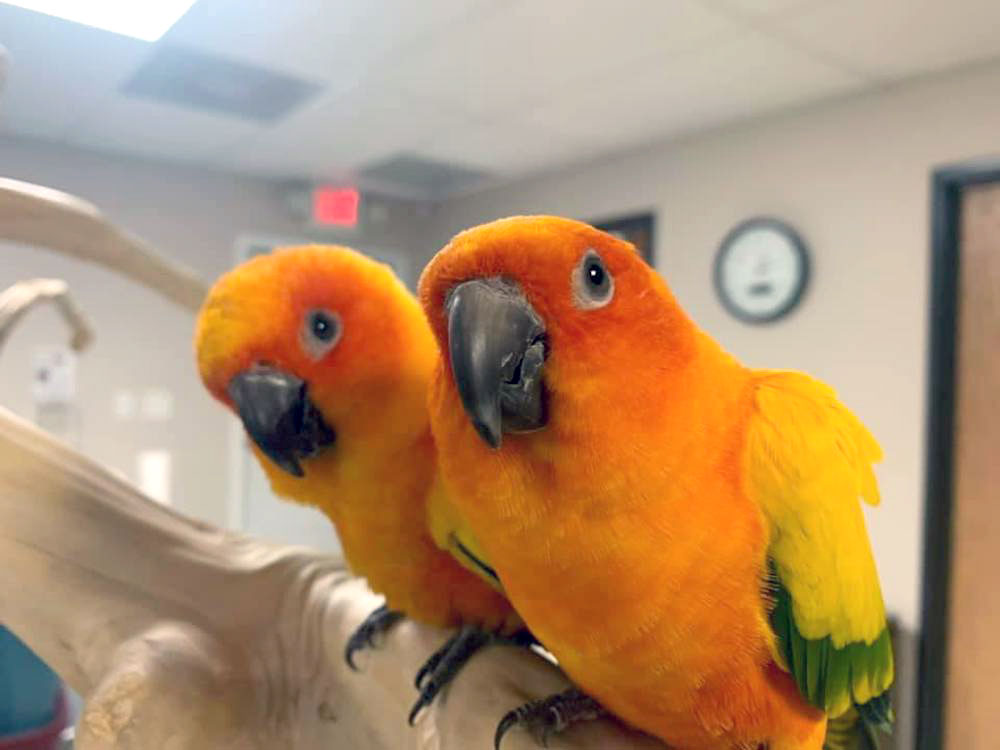
A new statute makes it unlawful to intentionally conduct surveillance over private property using drones — a Class C misdemeanor subject to a $500 fine. Courtesy photo
Peaceful stretches of farmland soon could undergo a technological invasion from the sky — one that will help farmers up the productivity of their yields and boost the economy.
Unmanned Aerial Systems, also called UAS or drones, are currently illegal for commercial use — at least until the Federal Aviation Administration establishes a set of rules regulating that use. While a draft of proposed regulations was released in early 2015, industry officials say it will be 2017 before any those rules become law.
Texas A&M University-Corpus Christi is at the forefront of research to not only help determine what those rules will be but also develop ways in which drones can help farmers better grow their crops. Here’s how drones can play a part in area agriculture:
1. Spotting crop or irrigation problems
A drone can quickly pinpoint crop or irrigation problems that would otherwise take hundreds of human hours to determine. High-definition cameras mounted on low-flying drones can quickly determine exact locations of a problem, transmitting immediate location information.
2. Directing crop dusters
In the same way a drone can pinpoint a problem, it also can provide a solution. Specially equipped drones can target specific areas in need of pesticide or other treatments. Instead of hiring a pilot to crop dust hundreds, or thousands, of acres, a drone can be used to target the specific areas in need, saving time and money.
3. Enhancing cattle management
The days of rounding up cattle on horseback soon might be gone. Drones can cover the entire ranch in a fraction of the time of someone on horseback or an ATV. Once your cattle are counted, a drone is also the most effective way to find any lost head.
4. Providing fence maintenance
Riding fence could someday be called “flying fence.” Roofs and silos, too, can be easily inspected by drone, reducing the risk of climbing those tall structures.
5. 24-hour damage control
Drones can be equipped to scare away intruding animals, capture evidence against poachers or cattle thieves and survey the damage done by a hail storm year-round and around the clock.
“People are chomping at the bit to use unmanned aircraft for commercial purposes,” said Dr. David Bridges, an associate professor of mechanical engineering and the director of Unmanned Aerial Systems at Texas A&M-Corpus Christi. The university is in charge of the Lone Star UAS Center of Excellence and Innovation, one of six national drone-testing sites. The Texas site encompasses 11 different testing ranges that dot the triangle-shaped southern portion of the state.
A&M-Corpus Christi not new to drone business
The university has been testing unmanned aircraft in South Texas for two years, conducting multiple missions during each of its test flights. The missions’ scope included counting cattle, mapping sea grass and detecting oil spills. The implications of using the more powerful drone technology in the marketplace are vast. And since much of the necessary research is now being done in the Coastal Bend region, the area soon could share Texas A&M’s slogan, but with a twist: Home of Unmanned Flight Businesses!





